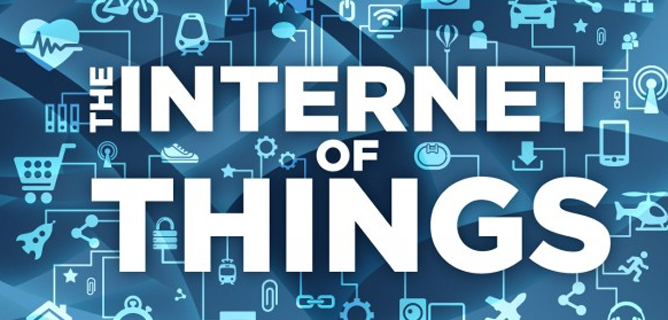by Brian Santo
AT&T and GE said they have collaborated on the development of a smart meter system and a smart lighting solution, both for industrial applications.
The two said the smart meter system is now being tested by customers. The two expect to commercialize both solutions later this year.
AT&T is providing connectivity, GE is providing most of the connected devices, and the two are collaborating on connectivity systems.
In 2013, GE assembled a group partners that would help develop machine-to-machine (M2M) applications, at the time calling it “Industrial Internet,” and now under the umbrella term “Internet of Things.” It’s allies include AT&T, Cisco, IBM and Intel. All have been working together on various IoT applications.
Today, AT&T and GE said they are testing several new technologies, including an advanced meter solution that merges GE’s smart meters and wireless solutions, including jointly developed communications hardware, with AT&T’s secure cellular technology. The solution is being piloted with two North American renewable energy customers.
The other announced collaboration involves intelligent lighting solutions that combine GE Lighting control systems and advance GE Wireless solutions. This combined solution will enable cities to remotely monitor and control lighting on public roadways, the companies said. A web-based interface linked to the lighting controls allows municipalities to instantly identify usage and performance of street lights in specific locations.
The companies said they are working together on these and other proof of concepts at the AT&T IoT Foundry in Plano, Texas.
Following the original agreement to work together in 2013, GE’s machines and assets, such as locomotives, fleet, aircraft engines and, most recently, smart grid infrastructure, are connected through the AT&T global network, the two said.
Chris Penrose, senior vice president, Internet of Things, AT&T Mobility, said, “This is a major step forward in connecting machines with wireless technology. With nearly 20 million devices connected to our network, we help provide dependable solutions that make energy management easier. By combining our technologies, we can improve reliability, drive energy efficiency, and reduce costs and emissions, while making customer service and response times better.”
Topics[/fusion_text]

